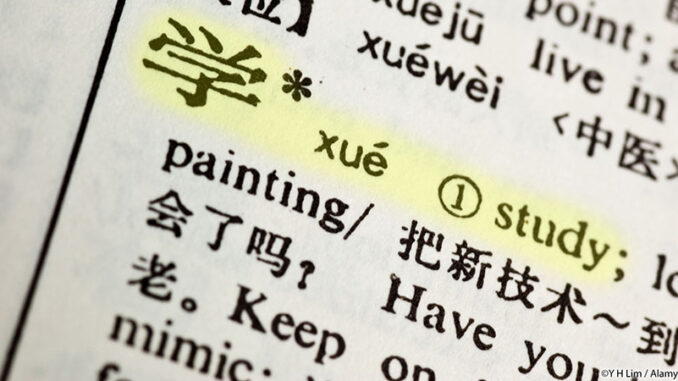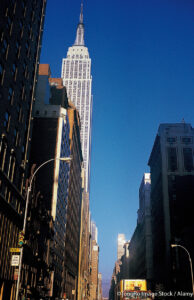
Smart Shoes?
You might already have a chip in your shoes that tracks your distance, pace or duration. What if your shoes could do more . . . say, help tell you where to go? The European airline company EasyJet is working on such a product; it is called, “Sneakairs.” The device is built with open source hardware (released to the public in a way that people can modify it as they please), a miniaturized Arduino clone (able to read inputs), and an integrated Bluetooth module that connects to a smartphone, using its existing GPS capabilities to trigger vibrating sensors built into the shoes. The platform uses the pedestrian function on Google Maps. The company hopes to target travelers in particular, appealing to those who would rather see the sights rather that stare at a phone. (See the Barcelona Street Project video)
While a “smartshoe” might seem an unusual product for a budget airline, EasyJet has developed quite a reputation for technological innovations. It regularly finds ways to assist its 70 million passengers with airport-related navigation and scheduling. Last year, it unveiled wearable technology in its crew uniforms, designed to improve both communication and safety. The latest Sneakairs are not yet available to the public, but the company is hopeful that it could be an on-board purchase in the future.
What Do You Think? Would you be interested in a product like Sneakairs? Why or why not? If so, what benefit would they have over existing tools you already have access to? If not, why not?
National Spelling Bee Ends in Tie
Each year, hopefuls from all over the country descend upon Washington, D.C. for the Scripps Howard National Spelling Bee. (E.W. Scripps is a media company that has owned a large number of newspapers, television and radio stations). Originated in 1925, the event is open to students who have not yet completed 8th grade, turned 15, or won a previous National Spelling Bee. The winner receives a trophy and $40,000. Second place wins $30,000 and third place gets $20,000. This year, there were two winners—Nihar Janga and Jairam Hathwar—after 25 rounds led the judges to declare a tie.
In order to qualify for the national contest, students begin at their local bee and advance through regional events. A pool of nearly 11 million students was reduced to 284 finalists who went on to D.C. The three-day competition was made up of a number of elimination rounds, beginning with a written test, followed by a series of oral rounds. The final rounds featured 45 finalists. By the end, Nihar and Jairam went back and forth for 25 rounds before being declared co-winners. The winning words? Feldenkrais and Gesellschaft.
What Do You Think? Have you ever competed in any kind of a spelling bee? If so, describe your experience. If not, do you believe you have the skills to be able to do so? Why or why not?
Chinese in a Modern China
For English speakers, the Chinese language is considered one of the most difficult to learn. But what about native speakers? In his new book, A Billion Voices, David Moser examines the complexities of standard Chinese, in attempt to make the country a “modern nation.” Despite the adoption of a national language in 1955, China is a nation with hundreds of different spoken and written languages and dialects.
Chinese is a language that is famously difficult to master, even for those born in country. The government identifies 2,5000 “commonly used” characters, but it takes nearly twice that to be considered a scholar. There have been attempts made to make the language more manageable, but the result has been controversial. Living in a digital world has made this practice easier, as people can type symbols into their computers and mobile devices, but it has weakened the ability to write them by hand. Outside of China, the children of native Chinese often chose English as their fundamental language.
What Do You Think? Do you know any Chinese words? If so, how did you learn them and how difficult was the process? If not, rate your interest level in learning Chinese. How successful do you think you could be if given (or taking) the opportunity?
Cityhenge!

It’s like us humans to celebrate unique occasions. And so it was that millions of New Yorkers took to the streets over Memorial Day weekend to celebrate Manhattanhenge. Named for the prehistoric monument, Stonehenge, Manhattanhenge occurs twice a year, leading up to the summer solstice and shortly thereafter. This is when the setting sun aligns perfectly with the east-to-west streets in New York City’s grid and creates a beautiful red light. This phenomenon happens elsewhere across the country—in Philadelphia, Chicago and Boston to name a few—anywhere there are prominent east-to-west streets.
The reason for the addition of the suffix “henge” is because the 5,000 year-old monument Stonehenge experiences that same phenomenon. It was originally thought to be built as a way for ancient man to worship the sun. Further investigation led other scientists to suggest that the cluster of rock formations served as a kind of astronomical calendar, with various parts corresponding to various phenomena, such as equinoxes, eclipses, and solstices.
